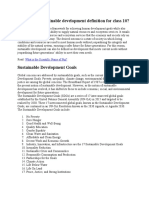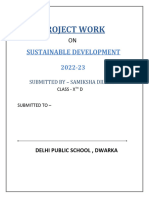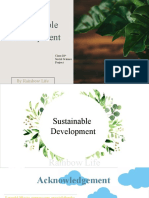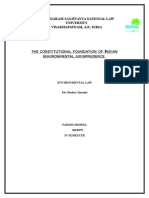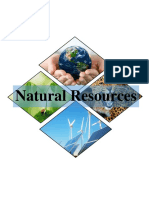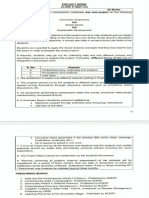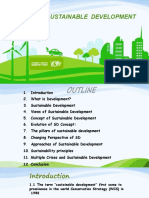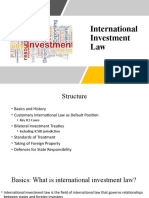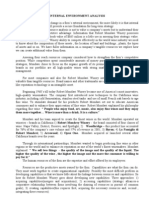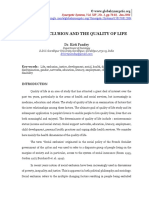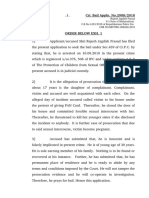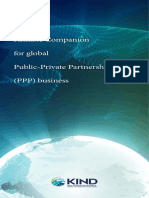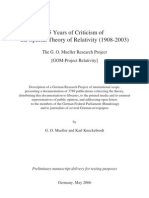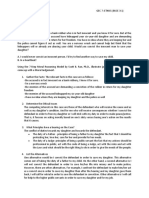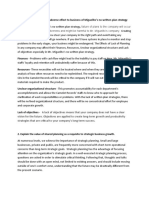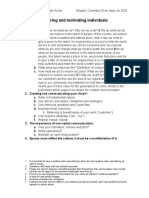82% found this document useful (11 votes)
13K views13 pagesSustainable Development: San Carlos College
The document discusses sustainable development. It defines sustainable development as meeting current needs without compromising future generations' ability to meet their own needs. It identifies several factors of sustainable development including environmental, economic, educational/human development, good governance, and socio-cultural factors. The objectives of sustainable development are economic growth, protecting the environment, and social inclusion.
Uploaded by
Arya GuzmanCopyright
© © All Rights Reserved
We take content rights seriously. If you suspect this is your content, claim it here.
Available Formats
Download as DOCX, PDF, TXT or read online on Scribd
82% found this document useful (11 votes)
13K views13 pagesSustainable Development: San Carlos College
The document discusses sustainable development. It defines sustainable development as meeting current needs without compromising future generations' ability to meet their own needs. It identifies several factors of sustainable development including environmental, economic, educational/human development, good governance, and socio-cultural factors. The objectives of sustainable development are economic growth, protecting the environment, and social inclusion.
Uploaded by
Arya GuzmanCopyright
© © All Rights Reserved
We take content rights seriously. If you suspect this is your content, claim it here.
Available Formats
Download as DOCX, PDF, TXT or read online on Scribd
/ 13
